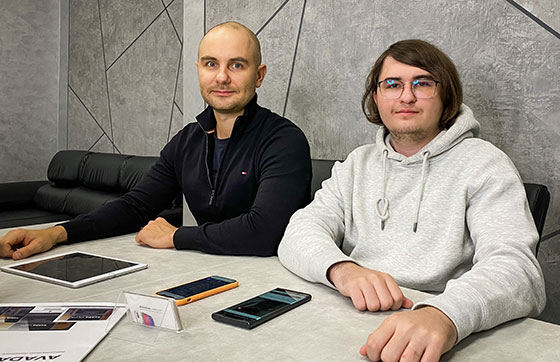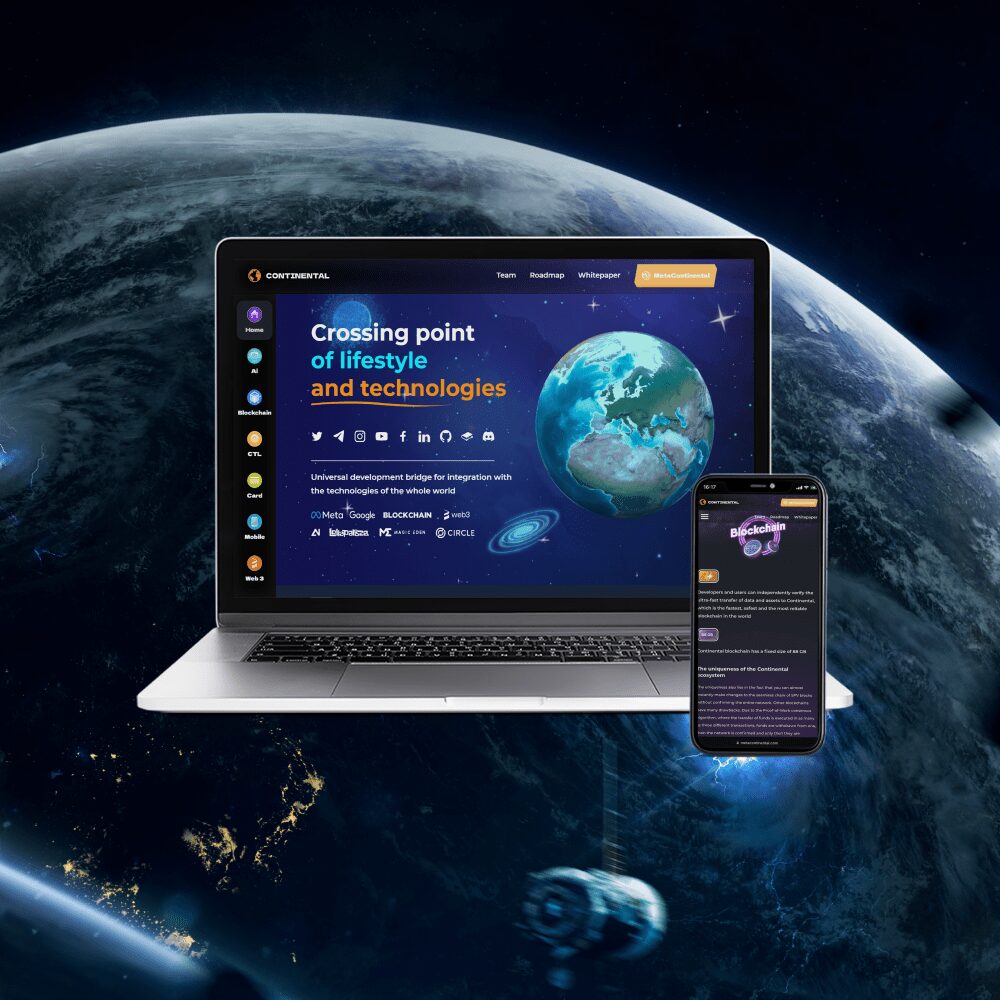Software testing levels and methods
Software testing levels and methods
AVADA-MEDIASoftware testing levels and methods AVADA-MEDIA
Testing or Quality Assurance (QA) is an important stage that any software product goes through before release. It determines the quality and level of readiness of the program, the presence of errors and compliance with the client’s requirements.
In the course of their work, QA engineers use various technologies, methodologies and software testing levels to test the functional and non-functional capabilities of the product. Each of them has its own specifics, starting point and task.
Software Testing and Debugging Techniques
MethodologySoftware Testing and Debugging Techniques Methodology
Methodology is understood as different combinations of ideas, methods and principles of software testing, which specialists resort to while working on a project. In some cases, in addition to experts, a focus group is assembled to test the software, which helps to analyze user behavior and identify intuitively incomprehensible functions.
There are several of the most popular and effective software testing methods:
- Black box testing
This type of verification is based on the product specification. In this case, the specialist interacts only with the external interface of the system under test, without access to its code.
This approach allows you to make sure that all components of the program work correctly and the output remains consistent after making changes and adding new code.
First of all, the following are subject to verification:
- functional and non-functional capabilities;
- design and layout of the project;
- system components that do not require knowledge of its internal structure.
The goal of the method is to search for errors in the following categories:
- whether the software performs all the necessary functions, and also meets the requirements of the client and documentation;
- data structure problems;
- interface errors and memory leaks;
- low system performance / errors during its operation.
White box testing
The technology involves verification, in which the QA engineer has access to the system code, as well as a complete understanding of the device, internal structure and the way the product is implemented. Such testing is based on the analysis of the system and its components, according to which test cases are selected.
Validation can be done early, so the tester does not have to wait until the final user interface is developed.
Gray box testing
The technology consists in combining two approaches – black and white box methods. The QA specialist is partially aware of the internal structure of the software for writing the most effective tests, but the verification is carried out from the perspective of the consumer, that is, using the black box technique.
It is this technology that makes it possible to implement the most complex test scenarios based on well-known algorithms.
Special attention is paid to software debugging methods, since the quality of the final product and the presence of errors in its operation depend on them.
Software Testing Levels
Testing stagesSoftware Testing Levels Testing stages
Quality control consists of planning activities, test design, inspection execution, and analysis of the results obtained.
Regardless of the features and tasks of the product, it goes through several stages or levels of software testing, namely: modular, integration, system and acceptance.
Unit testing
The technology consists in checking individual components of the program, for example, isolated functions and classes. For basic unit tests, unittest and doctest are implemented, for high-level tests, pytest.
In order for QA engineers to understand if the changes made lead to new errors and regressions in already tested parts of the code, tests are written for each function or method. In addition, this approach helps to efficiently identify and fix new problems.
Integration testing
Unlike unit testing, which is used to find bugs in individual functions, integration testing is aimed at checking the system as a whole. That is why both technologies are used consistently: the components tested in the previous step are grouped and evaluated according to the plan.
Systems for continuous integration (Continuous Integration System) are usually used as automation tools.
- System testing
The functional and non-functional requirements for the software are verified. At this stage, the following are revealed: irrational use of resources, lack of certain functions, incorrect data combinations, incompatibility with the environment, etc.
This type of check can be carried out on the basis of:
- requirements: separate test cases are written to check each requirement;
- use cases: tests are developed based on the idea of how the product is used.
- Acceptance testing
The final stage, at which the attention of specialists is focused on the readiness of the system as a whole. In other words, the program’s usability is checked by the users.
Benefits of software testing at AVADA MEDIA
AVADA-MEDIABenefits of software testing at AVADA MEDIA AVADA-MEDIA
AVADA MEDIA specialists are engaged in professional development and testing of software products for business. Our team uses proven technologies and tools to successfully implement projects of any complexity.
Our QA engineers use the following software testing methodologies:
- A waterfall model that assumes a sequential order in which tasks are performed. It is cost effective and the easiest to use compared to other software testing techniques.
- V-model (verification and validation), which also has a direct sequence of steps, but is implemented in parallel with the development of a software product, which saves time and avoids errors in the later stages of software development.
- An incremental model is a methodology that includes several cycles: design and development, testing and implementation. The main advantage of the model is that it allows you to develop multiple versions of a product at the same time.
- Spiral model – also consists of cycles (planning, risk analysis, development, assessment). Upon completion of one cycle, the next one immediately starts, so the testing process begins at the planning stage and ends shortly before the release.
- Agile model focused on dynamic requirements generation and interactive development. QA specialists have the ability to quickly respond to changes instead of long-term planning.
The AVADA MEDIA team conducts a full cycle of software testing and uses reliable automation tools that ensure high quality and stable operation of the finished software product.
Fresh works
We create space projectsFresh works
The best confirmation of our qualifications and professionalism are the stories of the success of our clients and the differences in their business before and after working with us.
Our clients
What they say about usOur clients What they say about us
Successful projects are created only by the team
Our teamSuccessful projects
are created only by the team Our team












Contact the experts
Have a question?Contact the experts Have a question?
-
Phone:+ 38 (097) 036 29 32
-
E-mail:info@avada-media.com.ua















